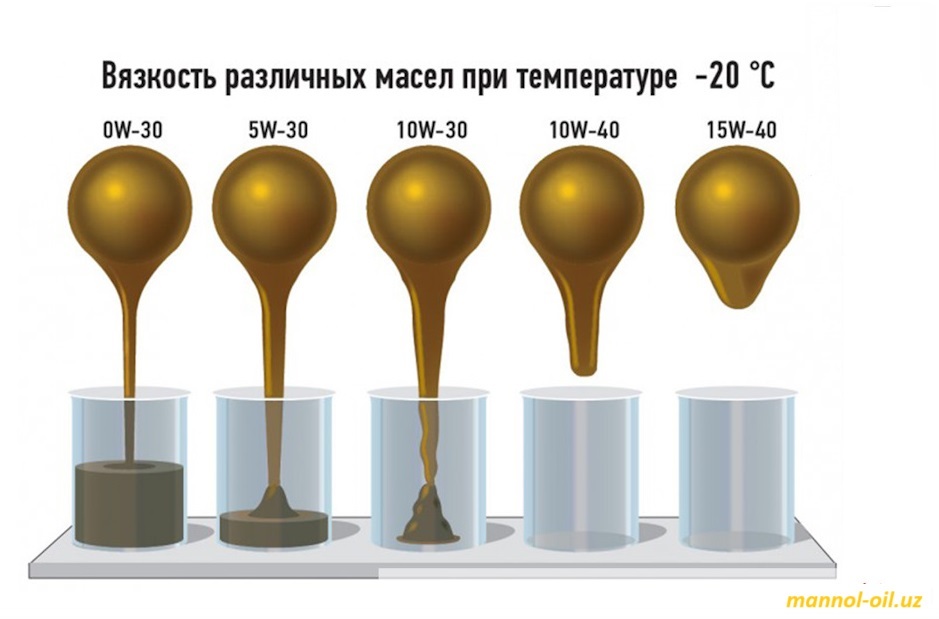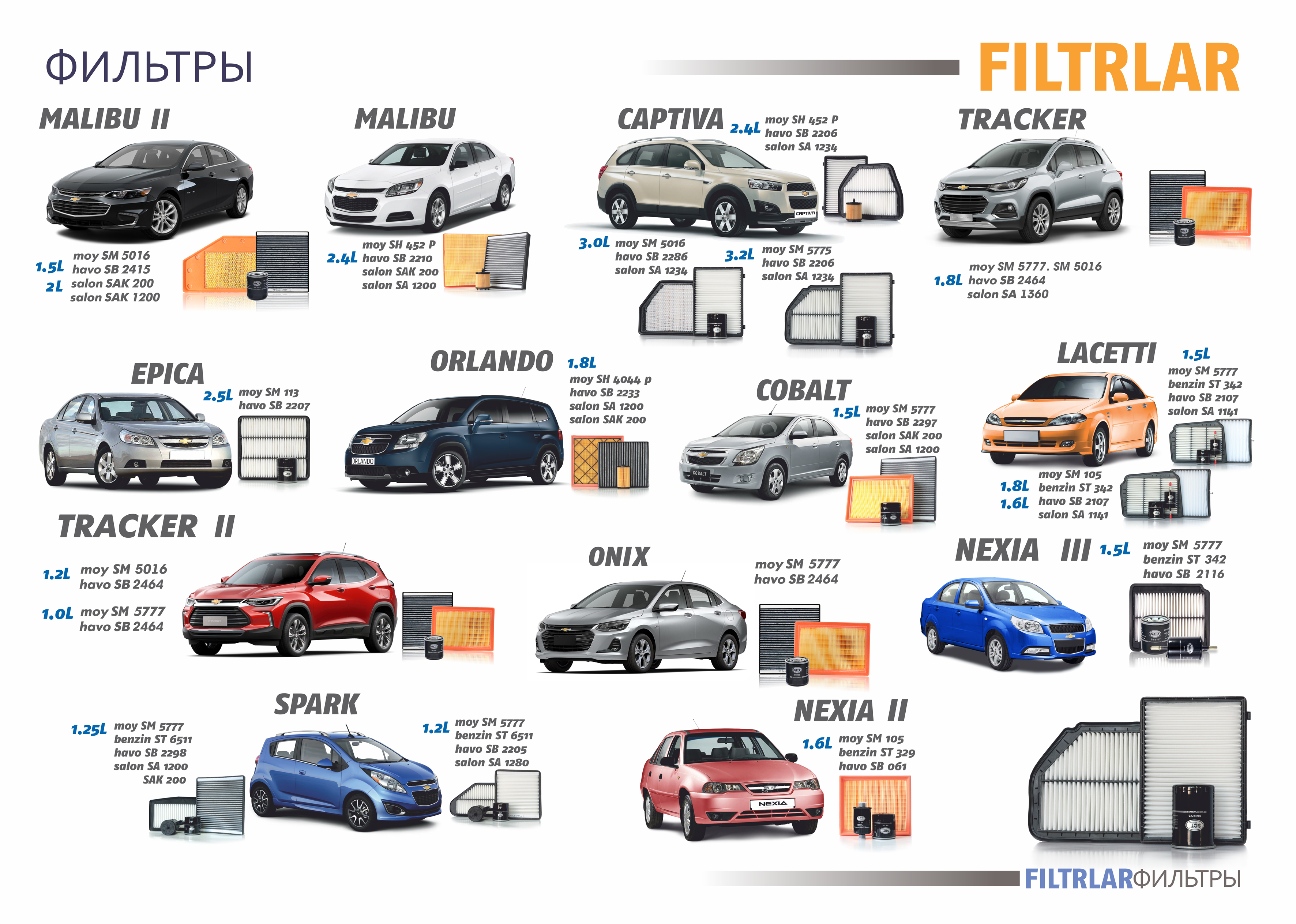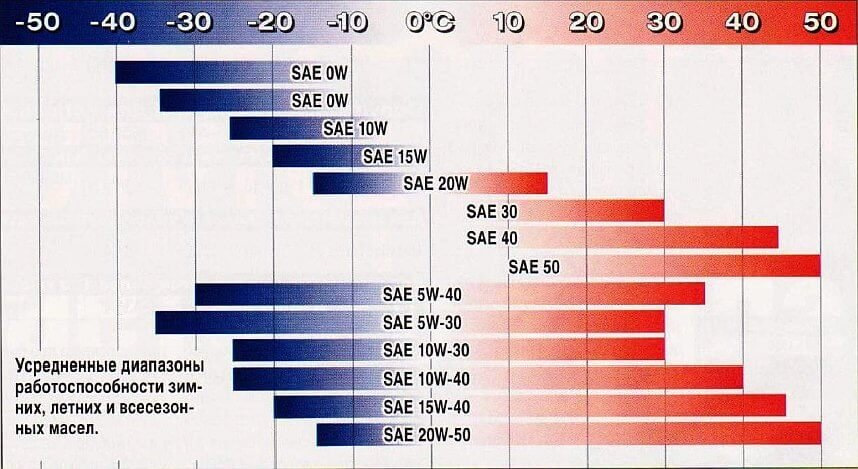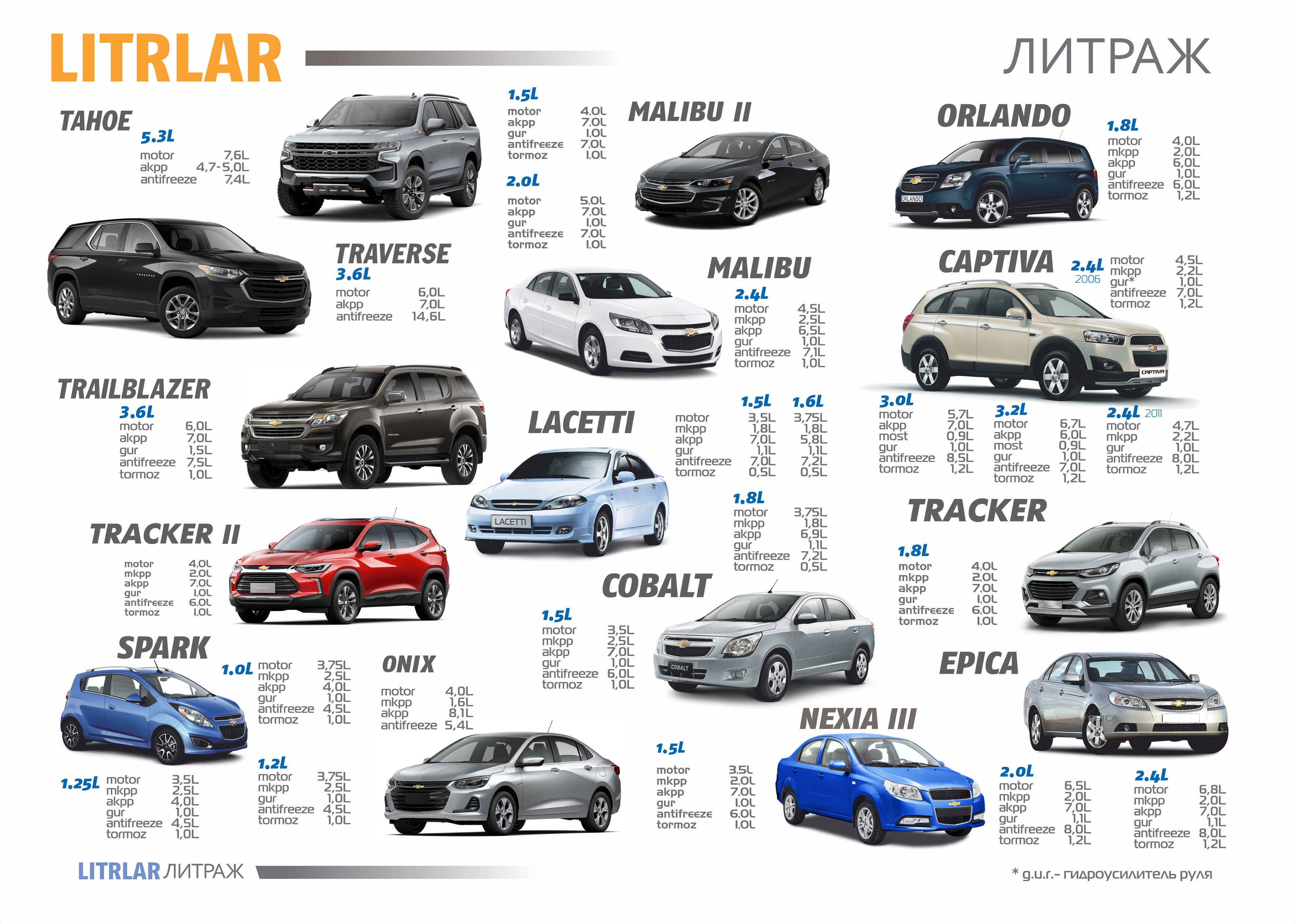FAQ
Oil Viscosity and SAE Classification: A Guide to Selecting Motor Oil
Choosing motor oil is an important decision for every car owner, affecting the performance and longevity of the engine. One of the key parameters that determines the right oil for your car is its viscosity. Oil viscosity is a measure of its resistance to flow. In general, the higher the viscosity, the thicker the oil, and vice versa.
The SAE (Society of Automotive Engineers) classification is a standard that helps determine the viscosity of motor oil. This classification system divides oils into different grades depending on their viscosity at certain temperatures. For example, an oil with the SAE designation 5W-30 means that the oil has a viscosity of 5W at low temperatures (winter), and a viscosity of 30 at 100 ° C, which is the standard operating temperature of the engine.

Winter viscosity grades are designated by the letter 'W' (from English Winter) and include SAE 0W, 5W, 10W, 15W, 20W, 25W. Summer grades do not have a letter designation and include SAE 20, 30, 40, 50, 60. It is important to note that winter oils are designed to provide easy engine starting at low temperatures, while summer oils provide reliable lubrication at high operating temperatures.
Choosing an oil with the correct viscosity is critical, as using too thick an oil in cold weather can lead to difficulties in starting the engine, and too thin an oil in hot weather can lead to insufficient lubrication of the engine. Therefore, multi-grade oils, such as SAE 5W-30, offer a compromise, providing adequate protection over a wide range of temperatures.
When choosing motor oil, it is also important to consider the performance class, which determines the quality of the oil and its compliance with the requirements of modern engines. Classifications such as API (American Petroleum Institute), ILSAC (International Lubricant Standardization and Approval Committee) and ACEA (Association des Constructeurs Europeens d'Automobiles) provide additional information on oil quality and specifications.
In addition to viscosity and performance class, other factors such as engine type, operating conditions, vehicle age and manufacturer recommendations must be taken into account. Information on SAE classification and other standards is available on the mannol-oil.uz website, where you can also buy motor oil and oil filters at competitive prices in Uzbekistan.
In conclusion, choosing the right motor oil is a combination of understanding viscosity, knowing performance classes and taking into account the individual requirements of your car. Paying attention to these aspects can significantly extend the life of the engine and improve its performance.
What is the difference between SHPD and UHPD oils?
SHPD (Super High Performance Diesel) and UHPD (Ultra High Performance Diesel) oils are designed for powerful diesel engines, but have some differences:
Quality and performance:
SHPD (TS-1, TS-2, TS-4) oils provide high performance and stability under severe operating conditions. They have good detergent and antioxidant properties.
UHPD (TS-5, TS-6, TS-7, TS-14) oils represent the next level of quality, providing even higher performance and engine protection. They are designed for the most modern and powerful diesel engines.
Drain intervals:
SHPD oils usually have an extended drain interval, which allows them to be used longer without losing quality.
UHPD oils have an even longer drain interval, which makes them more economical in the long term2.
Specifications and standards:
SHPD oils meet ACEA E3/E5/E7 and API CF-4, CG-4 standards.
UHPD oils meet higher standards such as ACEA E4/E5 and API CH-4, CJ-4.
These differences make UHPD oils preferred for use in the most modern and demanding diesel engines, while SHPD oils are suitable for a wide range of severe operating conditions.
If you have specific requirements or operating conditions, I can help you choose the most suitable oil for your engine.



